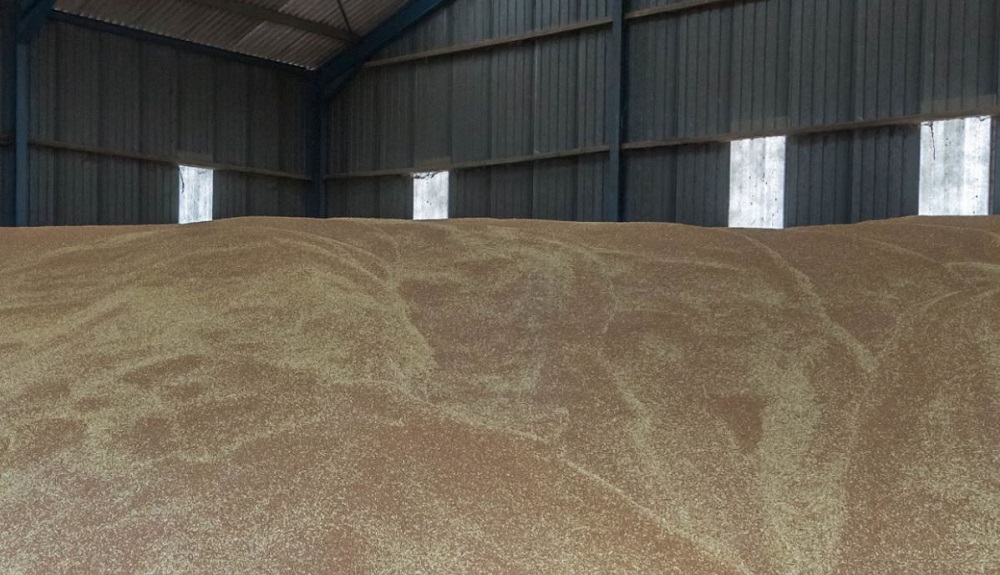- Home
- Knowledge library
- Grain storage: Hazard Analysis and Critical Control Point (HACCP) terms
Grain storage: Hazard Analysis and Critical Control Point (HACCP) terms
HACCP (Hazard Analysis and Critical Control Point) is a risk-based approach that identifies, evaluates and controls hazards. Find out about the common terms used to help you follow a HACCP approach in your grain stores.
Hazard
A biological (e.g. insects), chemical (e.g. pesticide residues) or physical (e.g. glass) agent in food or feed with the potential to cause an adverse health effect.
Biological hazards
In addition to the ochratoxin A (OTA)-producing fungus Penicillium verrucosum, biological hazards include pathogenic microorganisms, such as some bacteria (e.g. Escherichia coli and salmonella). These may cause infection or food poisoning in consumers. Grain contamination may originate from people, equipment or the store fabric/environment. The latter source may be associated with pest presence or previous store uses, including the housing of livestock.
Chemical hazards
Residues of chemical substances may render the product unacceptable or illegal, where statutory maximum residue levels (MRLs) or permissible levels have been exceeded. Substances include residues of plant protection products, mineral oils, polycyclic aromatic hydrocarbons (PAHs) and cleaning agents.
Physical hazards
Foreign bodies may contaminate grain and cause harm to the consumer or make the grain unacceptable to the customer. Such bodies include glass, metal (e.g. nuts and bolts), stones, brick and concrete, wood, animal contaminants (e.g. rodent or bird faeces), storage pests, shotgun cartridges, lead and clay pigeons. Foreign materials (allergens) may contaminate grain from products stored previously or nearby and cause an allergic reaction in susceptible consumers. Examples include soybeans, nuts and peanuts.
Identify defects and impurities in stored grain
Hazard analysis
Collecting and evaluating information on the presence of hazards to decide which should be addressed in a HACCP plan.
Preventative measure
Any action or activity used to prevent or eliminate a food safety hazard or reduce it to an acceptable level (also referred to as a ‘control measure’).
Monitoring procedure
A planned sequence of observations or measurements of preventative measures. The records of monitoring provide evidence that the control is effective (also referred to as ‘checking procedures’).
Corrective action
Any action taken when monitoring results indicate a loss of control or trend towards loss of control and, hence, increased risk. The corrective action should include consideration of how to regain control and what to do with potentially unsafe products.
Risk
The significance of hazards is determined by quantifying risk, based on the likelihood of it occurring and the severity of the hazard (in the absence of preventative control measures). In our guidance, each hazard score has been converted into a ‘high-risk’ (***), ‘medium-risk’ (**) or ‘low-risk’ (*) rating. A high-risk rating represents a significant food safety hazard and critical control point (CCP).
Critical control point (CCP)
A process step at which control should be applied to prevent or eliminate a food safety hazard or reduce it to an acceptable level. If the controls fail at this point, food safety risk is increased.
 Tim Scrivener
Tim Scrivener
Topics:
Sectors:
Tags:

